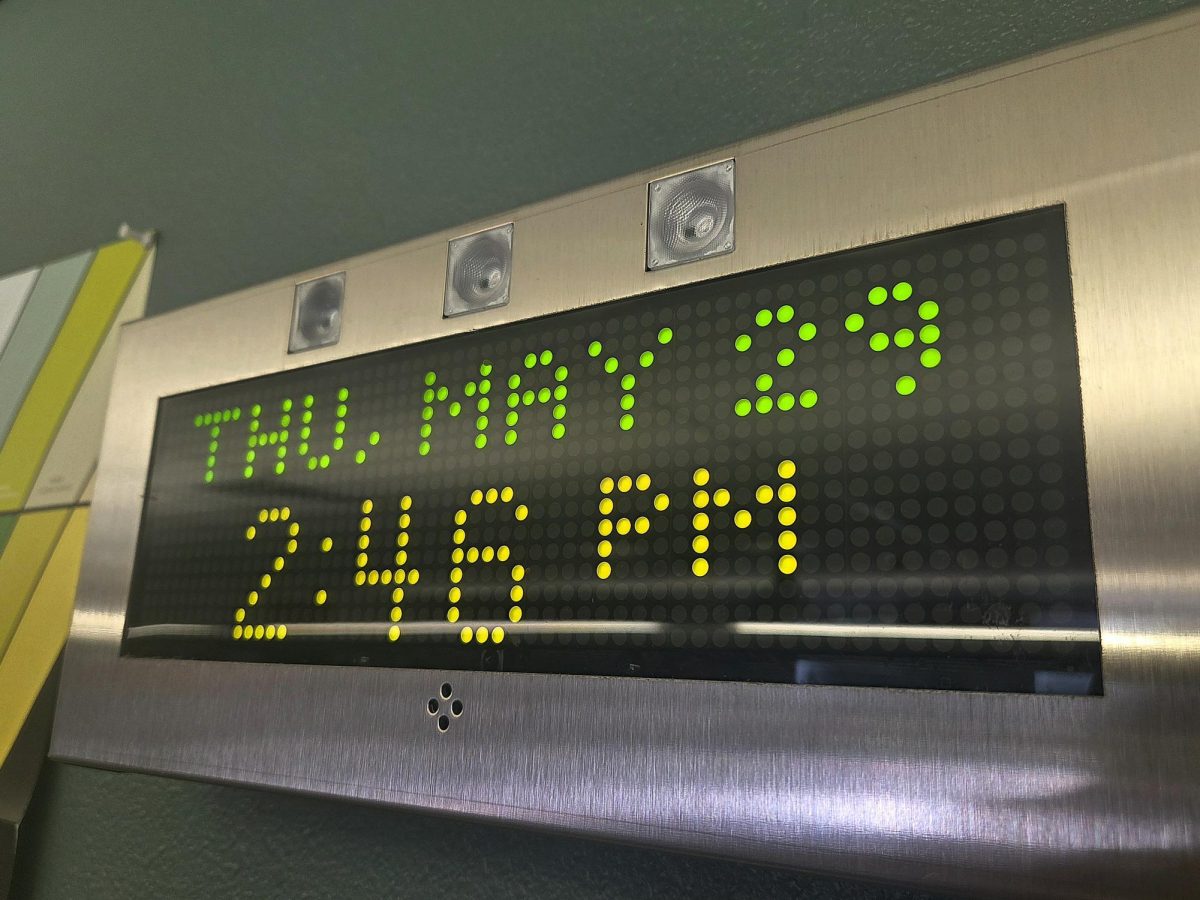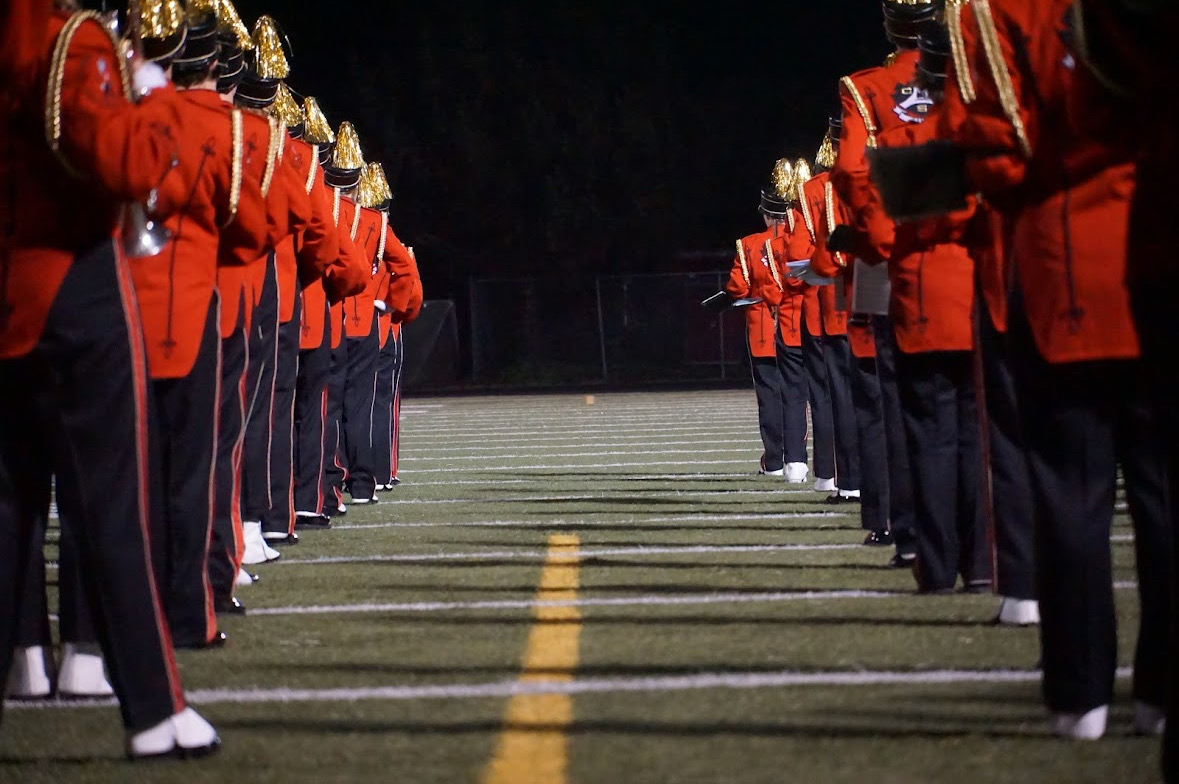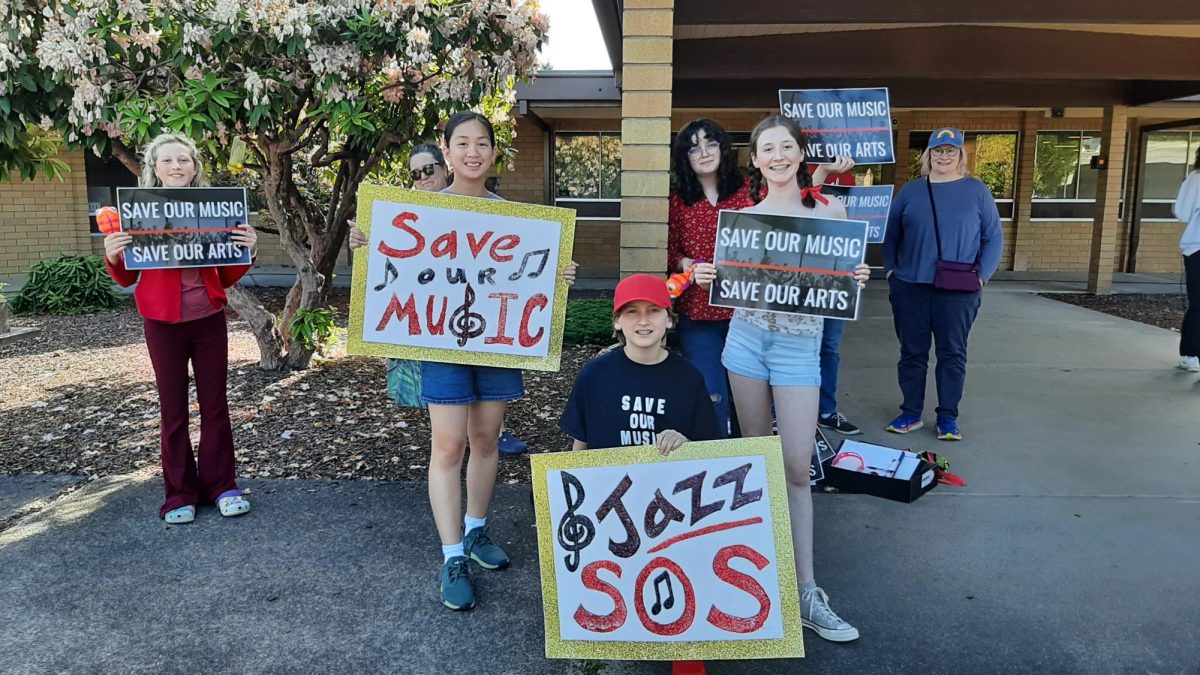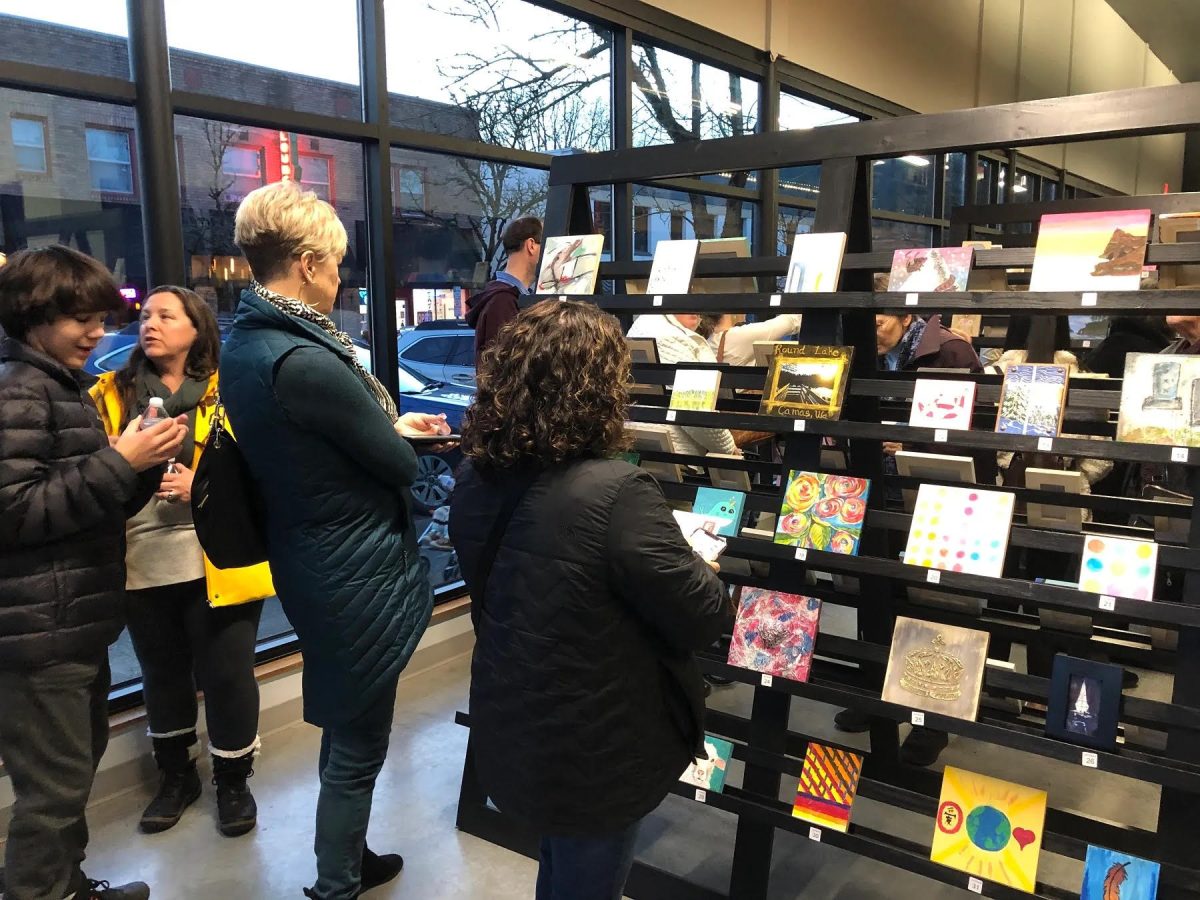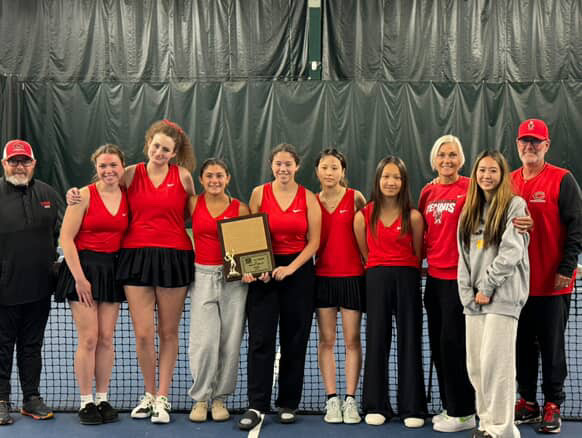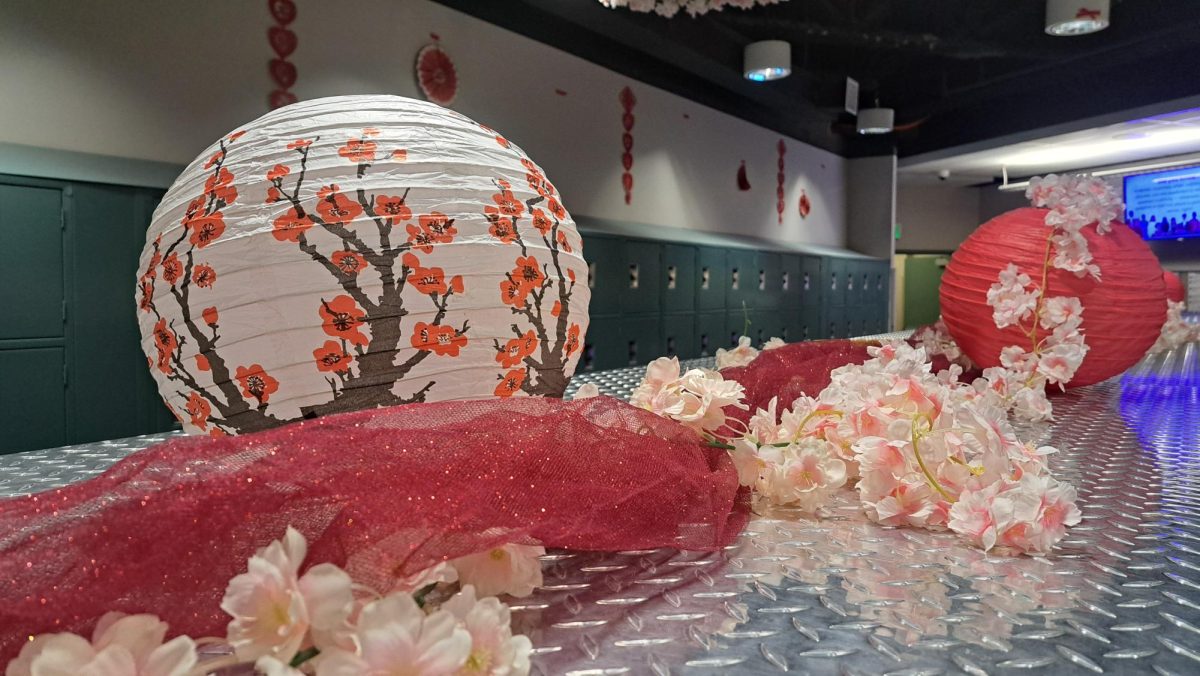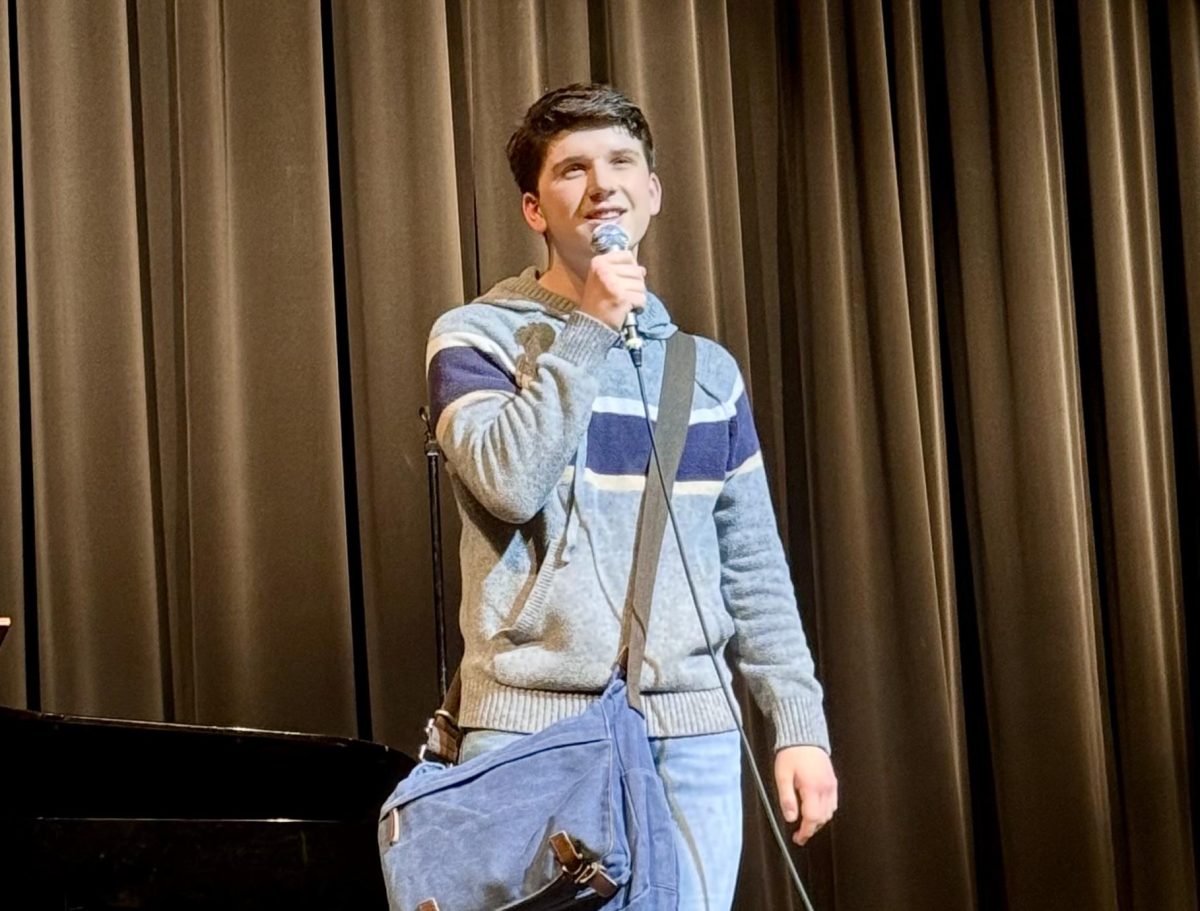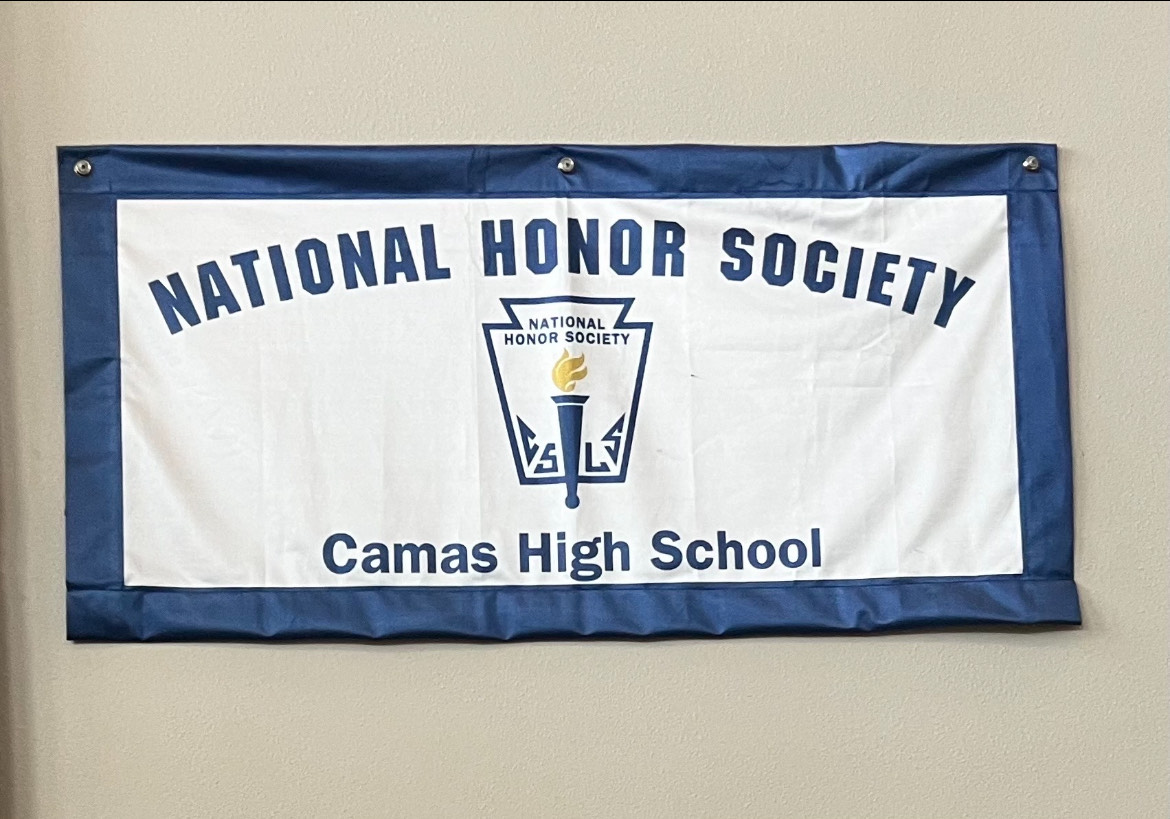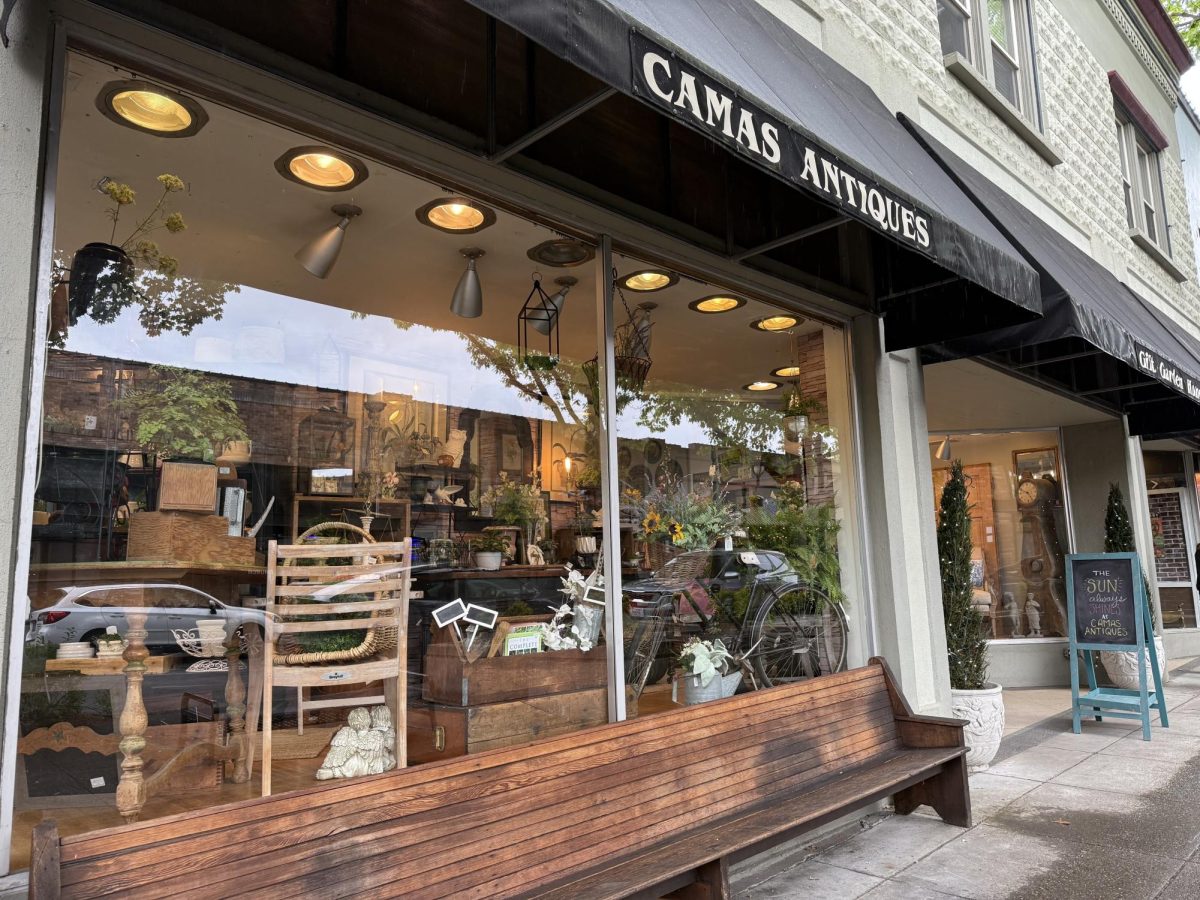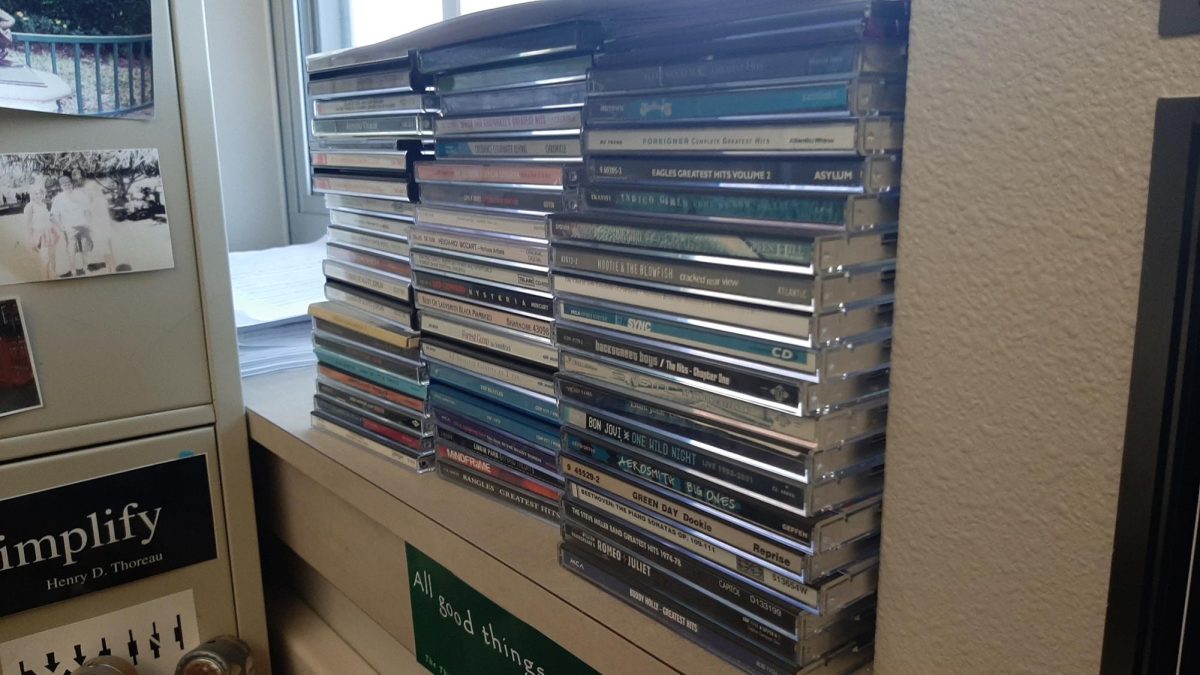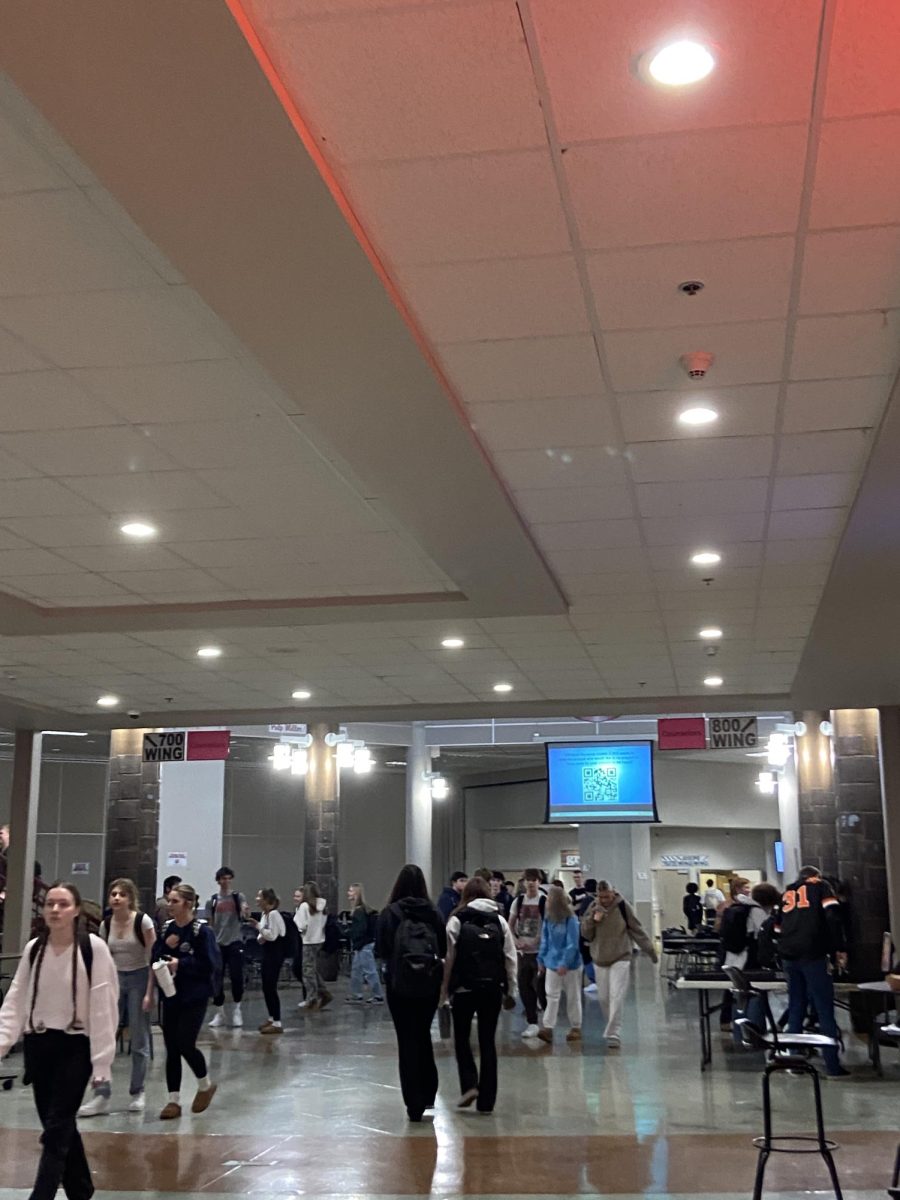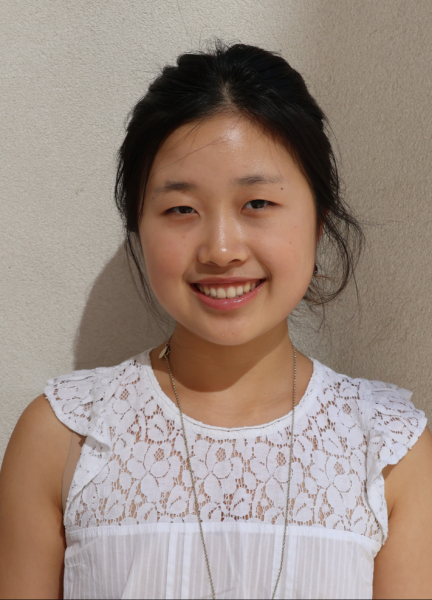As of the last updated version of the Camas High School Code of Conduct (2019), “students have the right to a safe environment free from intimidation, sexual harassment and assault.” However, a number of accounts of sexism, racism, and homophobia, are sparking debates as to whether these rights are consistently present on campus. Despite a number of preventative measures taken by administrators, such scenarios still seem to make their way onto the Camas High School (CHS) campus.
The origins of these situations can be traced back to the facilitators of the event: the students. As the imperfections of a “realistic” society blind students from the consequences of their actions, they have become desensitized to their behavior.
“There are going to be discriminatory jokes [and] comments between kids considering we’re all high schoolers,” CHS junior Henry Gilbert said. “Of course, the ideal goal is zero-tolerance, but that’s not realistic. Again, we all make mistakes at this age, and I feel like high school should be a place where we’re allowed to make these mistakes, to some extent.”
While a zero-tolerance policy is administrators’ ultimate goal, it is a tough policy to follow through on, given that there are so many different levels of scenarios in which discrimination can take place.
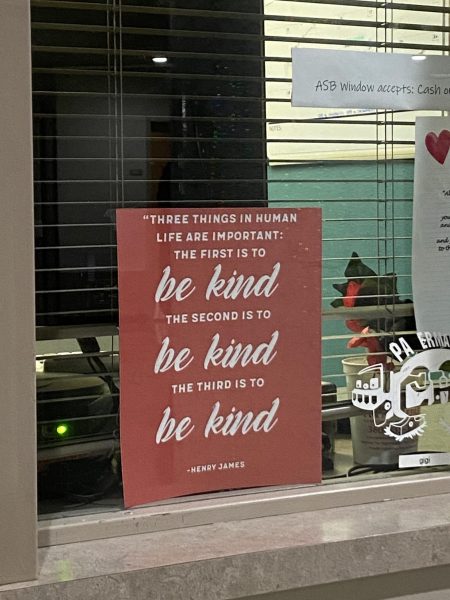 “I [think that] close friends are going to make jokes here and there, but if it happens repeatedly, it shouldn’t be tolerated,” CHS freshman Cade Kline said. “Definitely, if it’s done to a person that you don’t know too well, it can be taken the wrong way and can hurt the other person even if it was meant for humor, so I think you should have consent before doing it.”
“I [think that] close friends are going to make jokes here and there, but if it happens repeatedly, it shouldn’t be tolerated,” CHS freshman Cade Kline said. “Definitely, if it’s done to a person that you don’t know too well, it can be taken the wrong way and can hurt the other person even if it was meant for humor, so I think you should have consent before doing it.”
Many CHS students tolerate these remarks and agree that accepting specific comments between friends is socially expected and even commonplace around campus.
“I think that it’s okay to the extent where the opposite person is comfortable with it, but if it’s racist, it’s bad,” CHS sophomore Kayden Williams said.
Some students even argue in defense of students who participate in discriminatory behavior. These students have admitted to leniency from staff and peers regarding these actions.
“No one [at CHS] is deliberately racist or mean—no one is trying to be,” Gilbert said. “I’d say that there is a lot of understanding toward our mistakes. There’s a lot more empathy toward students—our teachers are very forgiving.”
However, from the staff perspective, there is less notice of rude behavior within classrooms.
“In the classroom setting, I don’t usually see major offenses. However, I do encounter students who think that their actions are tolerable without realizing that they are actually microaggressions”, CHS teacher Jeanne Jarvis stated.
CHS sophomore honors English teacher Tom Sawyer said, “I think it has to do with expectations. If you say [that there] is an expectation, kids will meet it.”
Sawyer’s observations align with those of students such as Gilbert, who explained that school leaders seem to take a more lenient approach to dealing with students who perpetrate controversial actions. That perceived leniency has caused uncertainty in the school’s support for students regarding potentially harmful behaviors.
“Sexism, racism and maybe even still homophobia are major problems in the school, out in the hallways especially,” Sawyer said.
Conclusions about how school leaders should address bullying, harassment, and racial discrimination cases remain unclear. There are varying approaches, like that of CHS which focuses on the use of restorative justice. According to the 2023-2024 CHS Code of Conduct, the method “emphasizes relationships and community” and “helps students understand the impact of their behavior both on themselves and on others.”
“In any discipline and fraction there is always some sort of harm caused whether it be harm to a learning environment, to educators, or peers, not necessarily physical harm, but any sort of harm”, Darci Jones, CHS Dean of Students stated. “The restorative piece [justice] is to look at how an alleged aggressor and victim can be reconciled through conversations and interactions as a community.”
Katie Seidl, Opportunities for Access and Inclusion Coordinator of Camas School District, expanded on the system. “Restorative practices are preventative [firstly] as it establishes a community so that every member is dependent on one another. Its main focus is to build the community.”
But rather than focusing on restorative justice as a means to discipline students, some research has found that serious awareness and implementation of education regarding discrimination may be an alternative to the discrimination issue. For example, Scientific American identified reduced rates of discrimination under constant awareness of a realistic marginalized society and the need to recognize the history behind the issue. As students became more aware of discrimination through public education, their understanding of oppression in society developed.
Many on-campus testified to this sentiment, arguing CHS should implement better qualities and quantities of education in means of oppression and history.
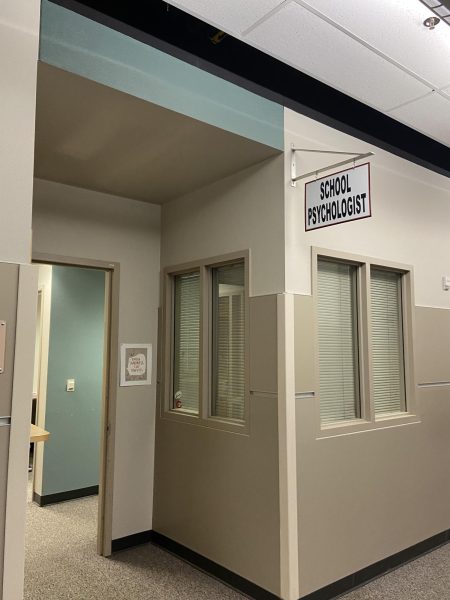
“The schools should provide more lessons on discrimination and support victims of these situations more actively,” Sawyer said.
In response, administrators expanded on their stance regarding the suggestions.
“In comparison to the seven years that I have been here [at CHS] I wouldn’t say awareness education [currently] has been robust or most proactive in our curriculum. We have had things [sessions] in advisory; when it was more
often, [we have implemented lessons] on character education. But now, with advisory once a month, makes it harder to do more character education and HIB (Harassment Intimidation and Bullying) prevention work,” Associate Principal Owen Sanford added. “It’s a work in progress.”
A number of CHS students admitted to being aware of or even experiencing discrimination on a near-daily basis
“There is definitely not enough awareness and restriction on discrimination between students,” CHS sophomore Ellie Neill said.
Neill added that situations involving verbal harassment are not uncommon at CHS.
“Primarily, I see more girls being attacked or victimized by male students than guys. It’s mostly on their weight, looks, or their sex. It hurts when others make fun of physical traits that one has, but it’s so common within the school,” Neill said.
As there has been no clear key to the “right response to discrimination”, many schools, such as CHS, experiment with different methods of approach to unfriendly behavior on campuses. It can be arguable for both sides that there is a definite cost and benefit consequence to their decisions. As restorative justice is a method fairly new to the education system, its effects on the new generation of students are to be waited on by the public.



